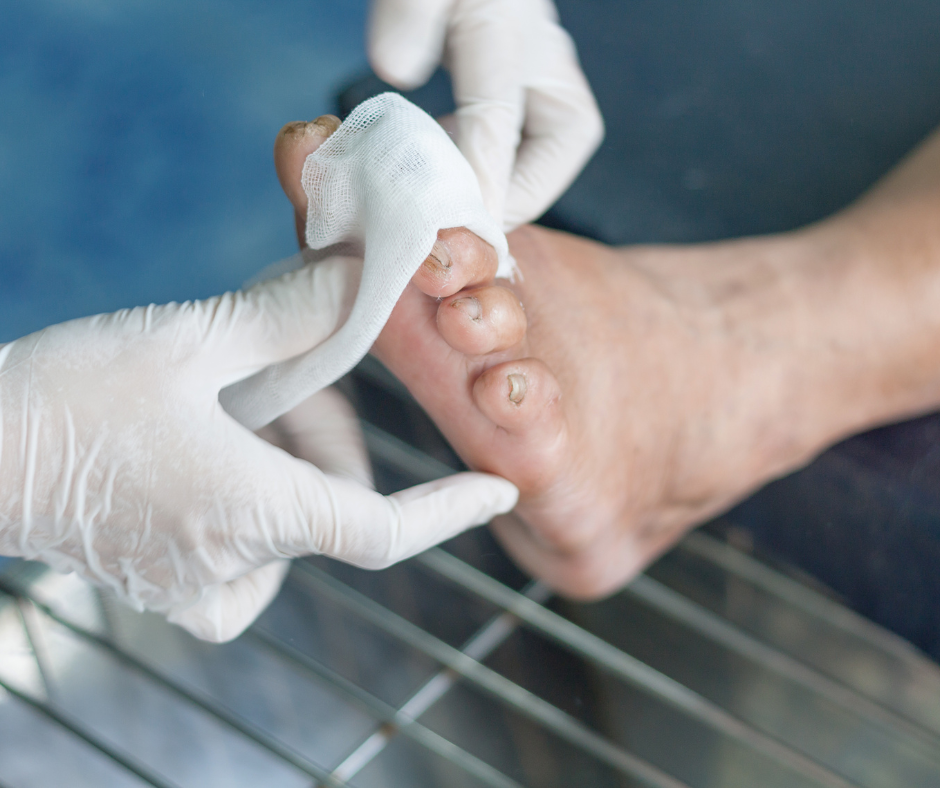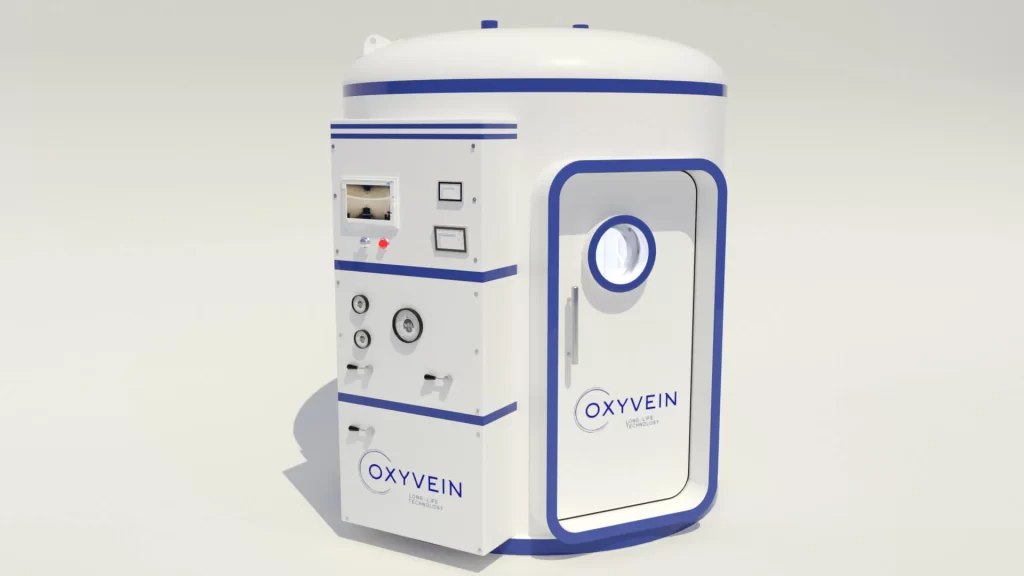
Diabetes is one of the most common chronic diseases today , affecting millions of people worldwide. In addition to affecting blood sugar metabolism, it can cause serious complications that significantly reduce the quality of life. One of the most serious consequences of diabetes is diabetic ulcers , or open wounds that are difficult to heal, and most often occur on the feet.
In people with diabetes, circulation problems and nerve damage (neuropathy) can cause minor cuts, scrapes, or blisters to develop into chronic, difficult-to-heal wounds. In many cases, if the infection spreads or the tissue does not get enough oxygen, gangrene can occur, requiring amputation in the most severe cases .
According to research, as many as 15% of diabetics develop a diabetic ulcer at some point, and one in five cases requires hospitalization. Therefore, it is important to find effective treatment methods that can improve circulation, speed up healing, and reduce the risk of complications.
One innovative therapy that has shown promise in treating diabetic wounds is hyperbaric oxygen therapy (HBOT) . This method uses pure oxygen under elevated pressure to promote tissue regeneration, prevent infection, and improve circulation.
Photo: Diabetic wound care
Diabetic wounds are often slow to heal due to a combination of several factors:
Poor circulation – Due to damage to blood vessels, diabetics often have reduced blood flow in the lower extremities, which means that tissues do not receive enough oxygen and nutrients for regeneration.
Neuropathy – Nerve damage reduces the sensitivity of the feet, meaning the patient may not feel minor injuries that can later develop into serious wounds.
Presence of bacterial infections – Chronic wounds often contain bacterial biofilms that make treatment with antibiotics difficult and increase the risk of infections.
Reduced ability of the body to heal – Diabetes can weaken the immune system and make it difficult for the body to repair itself naturally.
Because of all of the above, diabetic wounds often require special attention and specialized treatments to avoid serious complications.
The standard approach to treating diabetic wounds includes:
But despite these methods, many patients still face wounds that don’t heal. This is where HBOT comes in as a potential solution.
Hyperbaric oxygen therapy uses pure oxygen under increased pressure to provide the body with significantly more oxygen than would be possible at normal atmospheric pressure. This additional oxygen helps the body heal wounds more quickly and effectively.
The main effects of HBOT on the body include:
HBOT as a therapeutic method for diabetic ulcers has been investigated for almost three decades. During that time, numerous studies have been conducted to examine the efficacy and safety of this therapy.
For a more detailed look at one of the earlier studies, you can check out the following article:
By 2015, enough studies had been conducted to allow for meta-analyses and systematic reviews. An example of such a review is a 2015 Cochrane analysis that evaluated the effects of HBOT on chronic wounds, including diabetic ulcers.
Cochrane systematic review : HBOT may accelerate healing in the first 6 weeks and reduce the number of major amputations. ( Source )
Here are two more examples of research conducted:
Journal of Vascular Surgery : A study of 729 patients found that HBOT reduced the risk of amputation in people with diabetic wounds. ( Source )
European Journal of Vascular and Endovascular Surgery : Analysis of seven clinical studies showed that HBOT increases the healing rate of ischemic ulcers. ( Source )
The number of HBOT treatments depends on the severity of the wound and the body’s response to the therapy. A typical protocol includes 20 to 40 sessions , each lasting 60 to 90 minutes .
People with chronic diabetic ulcers that do not heal with standard methods.
Patients with poor circulation in the lower extremities.
People with infections of the tissues and bones (osteomyelitis) .
Patients who have undergone surgical procedures to improve circulation but still have problems.
HBOT is showing promise as a therapy that can improve the healing of diabetic wounds and reduce the risk of amputations. While it does not replace standard treatment methods, it can be a valuable adjunct for those struggling with chronic wounds. If you have non-healing diabetic ulcers, talk to your doctor about the possibility of HBOT therapy.
Note: This content is for informational purposes only and does not constitute medical advice or replace consultation with a professional healthcare professional.redstavlja medicinski savjet niti zamjenjuje konzultaciju sa stručnim zdravstvenim djelatnikom.
Contact phone
Mobile phone

The first and only medical device of its kind in Croatia – this chamber represents the pinnacle of efficiency and comfort in therapy. It is designed to support the treatment of complex health conditions, as well as to enhance the body’s resilience and endurance.
Starting next month, you can personally experience its benefits and recommend it to those who matter most to you.